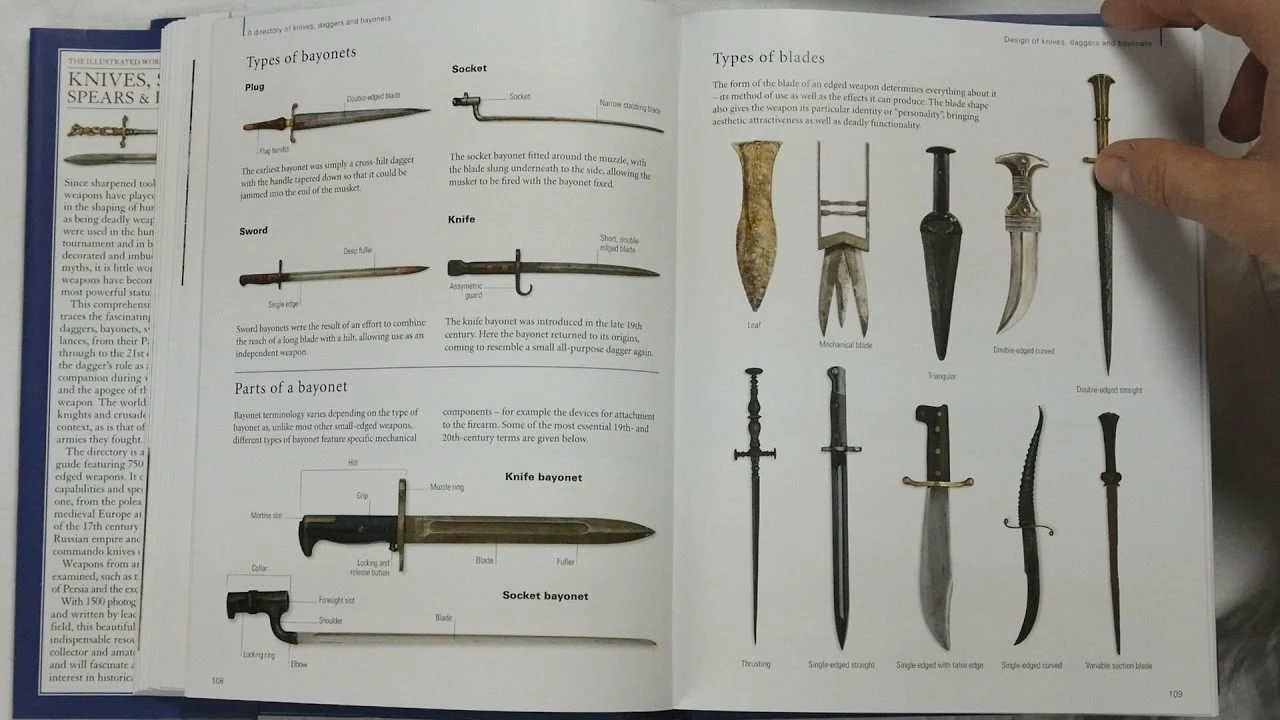History of Aikido
When we talk about History, the chronological record of events, ideas, and influences that shape a subject. Also known as Chronology, it helps us see why practices look the way they do today. In the world of martial arts, the Aikido, a Japanese art focused on blending with an attacker’s energy to neutralize aggression stands out for its philosophy of peace and fluid motion. Understanding its history means tracing a line from ancient samurai battles to modern dojo floors where students learn to move as one with the universe.
Key Milestones in Aikido History
The story really starts with Morihei Ueshiba, the founder of Aikido, often called O‑Sensei. Born in 1883, he trained in several classical weapons schools, absorbing techniques from Daito‑ryu Aiki‑jūjutsu and swordsmanship. By the 1920s he began shaping his own approach, emphasizing harmony over force. His post‑World War II spiritual awakening added the principle of “ki” – the internal energy that guides movement. Each phase of his life added a layer to the art, turning personal combat skills into a holistic practice that seeks to protect both defender and attacker.
One of the most tangible ways Aikido teaches its principles is through the jo, a four‑foot wooden staff used for distance management and body alignment. Training with the jo forces practitioners to feel the flow of energy, maintain a centered stance, and coordinate breath with movement. The staff work not only builds strength but also illustrates how Aikido techniques can be applied without relying on brute force. Over the decades, the jo has become a hallmark of formal kata, linking ancient weapon drills to modern self‑defense drills.
Beyond the jo, Aikido’s core techniques, throws, joint locks, and pins that redirect an opponent’s momentum have evolved through countless experimentation. Early forms were heavily influenced by battlefield tactics, but O‑Sensei gradually refined them into smoother, more circular motions. Today, schools teach a core set of about 20 basic movements that can be adapted in countless ways, proving that the art is both structured and endlessly versatile. The emphasis on blending rather than opposing creates a unique learning curve; beginners often feel the contrast between hard strikes and the soft redirection that defines Aikido.
As Aikido spread internationally in the 1950s and 60s, it intersected with other Japanese martial traditions like Judo, Karate, and Iaido. These cross‑pollinations enriched the art, introducing new training methods and philosophical discussions. For example, the concept of “randori” – free‑form sparring – borrowed from Judo, while the precise blade work of Iaido reinforced the importance of timing. Such exchanges illustrate how Aikido’s history is not a closed loop but a living dialogue with the broader martial arts community.
Today, clubs like Lancaster Aikido Club keep the lineage alive, offering classes that blend historical teachings with contemporary fitness and safety standards. Students of all ages experience the same principles O‑Sensei championed: respect, harmony, and the belief that violence can be resolved without injury. Whether you’re stepping onto the mat for the first time or revisiting old techniques, the history you engage with is a roadmap that connects past wisdom to today’s practice.
Below you'll find a curated selection of articles that dig deeper into specific moments, techniques, and debates that have shaped Aikido over the years. From explorations of staff work to discussions about real‑world effectiveness, these pieces provide a richer view of the art's evolution and its place in modern self‑defense.
